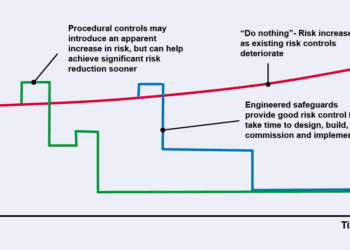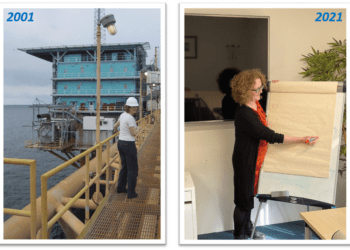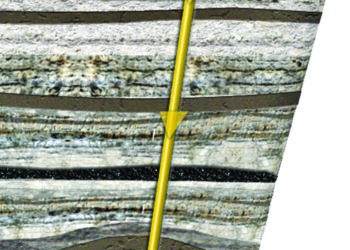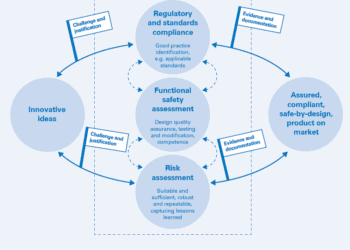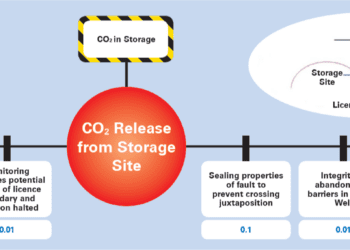Environmental risk assessment of major accidents
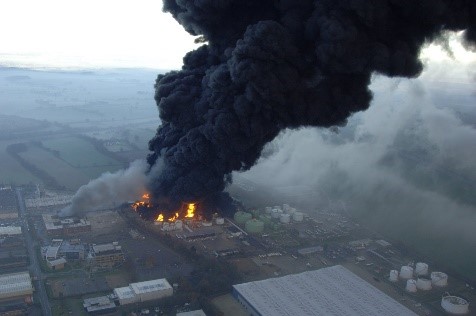
The Sea Empress oil spill, which occurred off the coastline of a national park in Wales in 1996, was the world’s twelfth largest marine oil spill at the time. One observer commented; “…you can’t insure a habitat, an ecosystem that is so important. It is irreplaceable”. Since then much has been done in the UK to protect the environment from major accidents on a par with protecting people. Environmental Risk Assessment (ERA) provides a key tool for helping to manage the risk associated with Major Accidents To The Environment (MATTEs).
The UK’s Control of Major Accident Hazards (COMAH) Regulations for onshore industrial facilities, which implement the EU Seveso Directive, apply equal protection to the environment from major accidents as is given to the safety of people. COMAH sites are required to produce a Safety Report that includes assessment of the risks of MATTEs. These are submitted to regulatory bodies, the Environment Agency (EA) working jointly with the Health and Safety Executive (HSE). The risk-based framework for the assessment of major accidents is derived primarily from the experience of the HSE. Arguably the fire at the Buncefield oil storage facility in 2005 was the catalyst for a complete change in the assessment of the risk of MATTEs, with the EA taking a leading role in the investigation and prosecution of several companies for failing to protect the environment.
Industry initiatives were set up including the Chemical and Downstream Oil Industry Forum (CDOIF) working group on the tolerability of risk from environmental major accidents. The CDOIF guidelines (Ref. 1) introduced an environmental risk tolerability framework and assessment process and are today the standard for ERA. By building a better understanding of the low-frequency high-consequence risks to the environment, ERA allows companies to ensure the right measures are put in place, including emergency response plans.
COMAH REGULATIONS
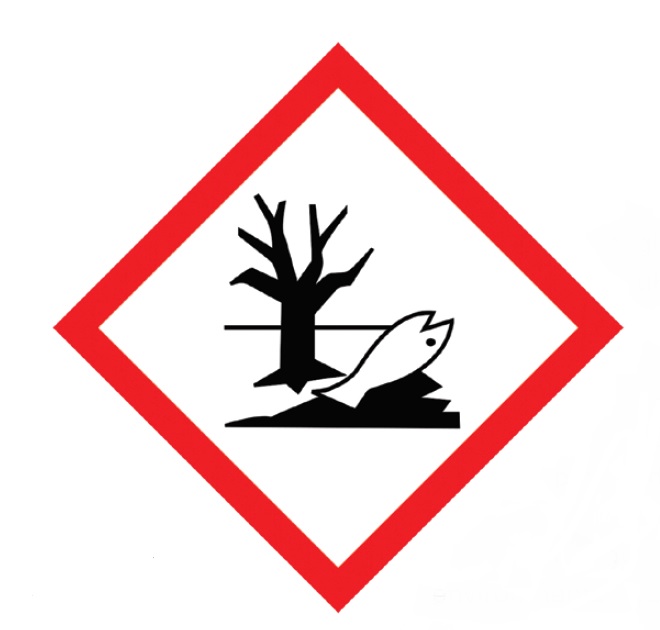
The definition of a major accident under the COMAH regulations is an accident “that leads to serious danger to people or the environment” and “involves dangerous substances”. The risk to the environment from any dangerous substance needs to be assessed – not just those chemicals that are classed as “very toxic” or “toxic to aquatic life with long term effects” (Ref. 2), but also those that could cause harm through a direct physical effect such as fire, or an indirect effect such as oxygen depletion by plant growth arising from increased nutrients in bulk water.
COMAH operators must take all necessary measures to prevent and limit the consequences of MATTEs. ERA is used to define the MATTE risk and then demonstrate that prevention, control and mitigation measures are in place to manage the risk to a level that is As Low As Reasonably Practicable (ALARP).
MATTE SCREENING
The ERA process involves the high level screening of sub-MATTE scenarios to filter out dangerous substances that either will not cause a level of harm equivalent to a MATTE, or where the likelihood of a MATTE is sufficiently low such that the risk of a MATTE is broadly acceptable.
Where the screening does not satisfy these conditions then a detailed risk assessment is undertaken including Source-Pathway-Receptor (S-P-R) analysis.
SOURCE–PATHWAY–RECEPTOR ANALYSIS
Many excellent resources are now available to support S-P-R analysis, including interactive maps such as magic.defra.gov.uk. A list of information sources, both for the UK and EU wide, are provided in the CDOIF guidelines and the Energy Institute’s guide to predicting environmental recovery (Ref. 3).
The S-P-R linkages are identified considering the worst case release of each dangerous substance. For screening purposes it is assumed that all mitigating measures, such as bunds, fail to prevent or reduce the release. The source could be a liquid or aerial release of a toxic or eco-toxic substance. Liquid releases to the aquatic environment are the most common, but environmental harm from releases of toxic clouds, fires or explosions also need to be considered.
The pathway is the route by which the substance could travel through the environment to any receptor. Typical pathways include onsite drainage systems, offsite streams or rivers, drift and solid geological features and groundwater.
A receptor is any part of the environment that could be harmed. Fifteen categories of receptor are defined such as protected habitats or groundwater. Threshold levels of harm for receptors include an area or percentage of a population affected. The sensitivity of the environmental receptor is reflected in the thresholds. For instance, a Ramsar site of international importance for wading birds has the lowest thresholds of harm to qualify as a MATTE.
CONSEQUENCES
The consequence level for each receptor is based on a combination of two factors; the severity of harm and the duration of that harm. The severity of a MATTE could be “severe”, “major”, or “catastrophic” based on an assessment of the harm caused by the release. The duration of harm can be difficult to quantify. Studies of the longterm effects arising from historical accidents are used as evidence. The long-term effect on the population of a particular species may require an ecological assessment to take account of reproduction rates.
AWARENESS AND TRAINING
ERA can be a useful tool for raising awareness as well as training. Operations personnel should be made aware of MATTEs, the potential pathways such as drainage systems, and emergency response measures and onsite resources that can be deployed. Improved awareness of the environmental risks will help not only to protect the environment, but also the company’s reputation.
CONCLUSION
Long-term studies of areas affected by environmental disasters show nature’s resilience and powers of recovery. However, as the environment comes under more stress through climate change and habitat loss the threat of harm needs to be managed carefully. ERA provides a tool for managing the risk to the environment from major accidents, on a par with protecting people.
References:
1. CDOIF Guideline; Environmental risk tolerability for COMAH Establishments, v2.0, 2016.
2. Classification, Labelling and Packaging Regulations, 1272/2008 (as amended).
3. Guide to predicting environmental recovery durations from major accidents. Supporting guide to CDOIF environmental risk tolerability guideline, Energy Institute, 2017.

